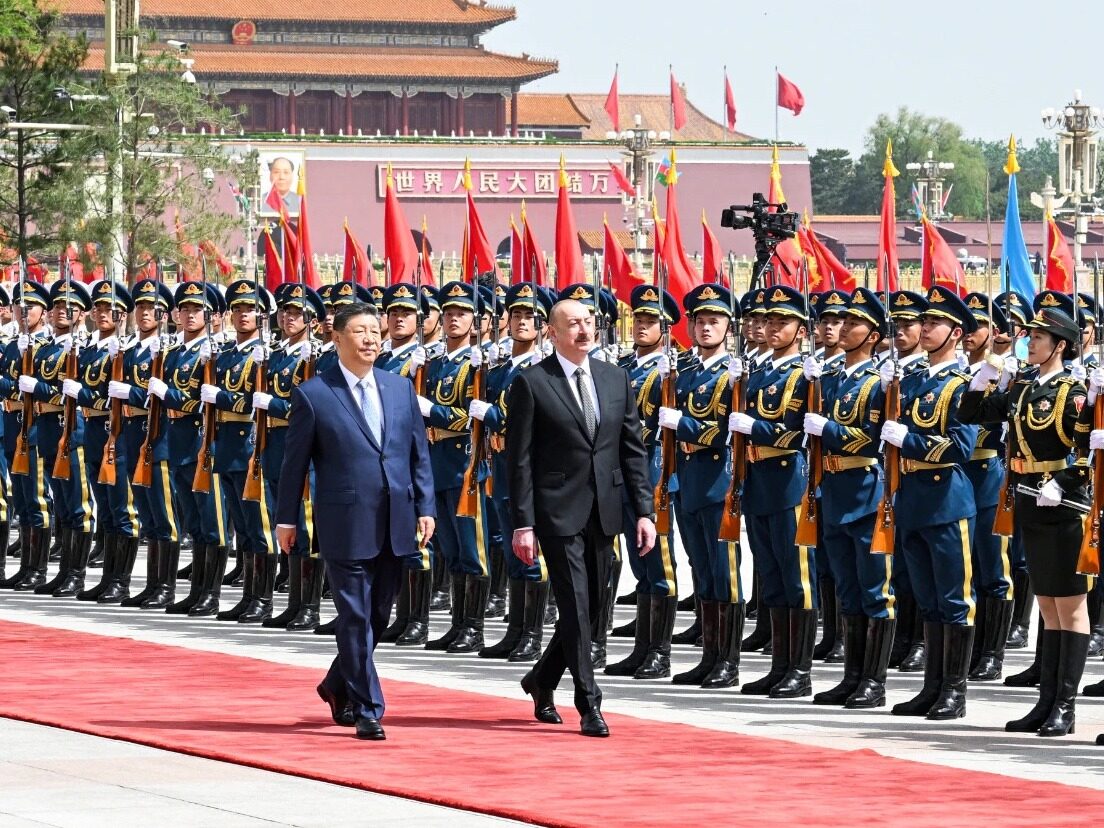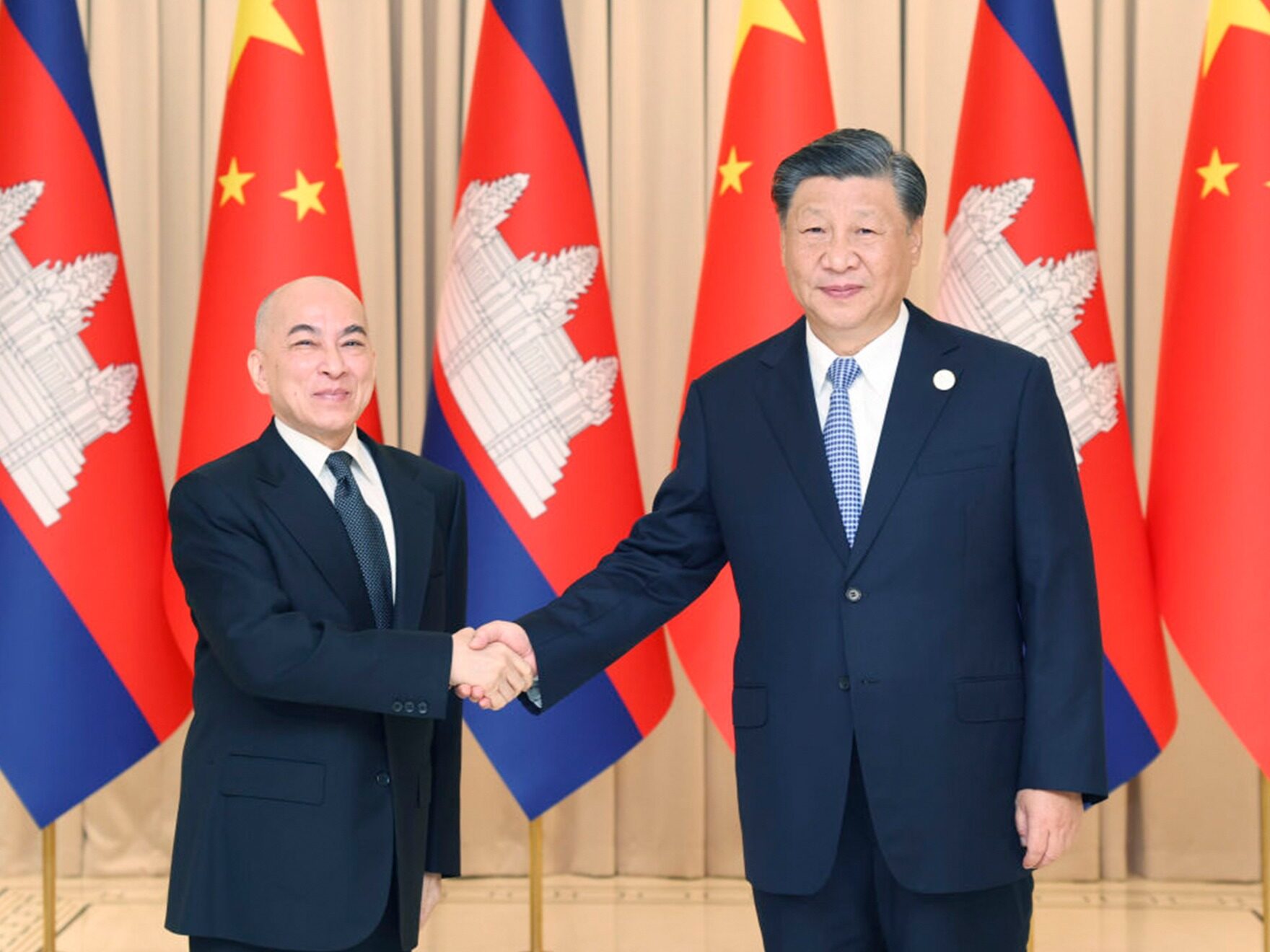- Utilizing the potential of hydrogen energy to promote the development of a clean energy transition has been gradually accepted

As economies hit by COVID-19 are desperate for economic recovery, and the energy market is shifting from carbon-emitting fuels to renewable energy, the prospect of using green hydrogen in power generation and other key areas is growing.
Paul Browning, CEO of Mitsubishi Power Americas, said: "In the past 12 months, we have seen the world embrace decarbonization in a dramatic way, and we are going through a period of rapid change."
At present, almost all hydrogen is based on fossil fuels, that is, the by-product of coal gasification called "brown hydrogen", and the large supply of methane in natural gas called "grey", which all produce carbon dioxide emissions. Increasing use of carbon capture and storage technology has promoted more blue hydrogen emissions and reduced emissions, but it is not enough to meet the goal of reducing greenhouse gas emissions stipulated by the Paris climate agreement. Only by electrolyzing hydrogen from water using electricity generated from renewable resources can the fuel be completely green.
The International Energy Agency has tracked about 320 green hydrogen production demonstration projects that have been announced worldwide (a total of about 200 MW of electrolyzer capacity), and new projects are added almost every week.
By 2030, the cost of producing green hydrogen from renewable energy needs to be reduced by more than 50% to 2.00-2.50 US dollars/kg to make it a viable alternative to conventional fuels.
The government's actions related to reducing carbon emissions will further accelerate the necessary actions. By the beginning of 2021, about 30 countries have formulated a national hydrogen energy strategy and pledged to provide about 70 billion U.S. dollars in support projects.
Project scale expansion
Australia's strategy for 2019 includes a commitment to invest 370 million Australian dollars to start supporting projects. The country is located in the Asian renewable energy hub in the west of the Pilbara region. It plans to build 26 GW of renewable energy power generation capacity to provide 14 GW of green hydrogen production.
Now, it has the federal government's "major project status", which will facilitate rapid approval. Australia also stated that it will establish a nationwide hydrogen technology network in its states and regions. It said Australia's energy and natural gas distributor group Australia Energy Networks is now seeking to establish demand for clean hydrogen.
Air Products and Chemicals, a US-based industrial gas company, and its partners announced last year that they would invest $7 billion in the planned future city of Neom in Saudi Arabia to build green hydrogen plants and infrastructure. When it goes live in 2025, it will produce 650 tons of green hydrogen per day for global export.
Some market observers say that more and more companies in the oil and gas industry are accepting clean hydrogen energy while adapting to the changing market and hoping to profit from it.
The Hydrogen Energy Council of the Trade Commission has seen that 228 large-scale projects have been proposed. If all are completed, the investment will reach 300 billion U.S. dollars by 2030. Its prospects are co-authored with the management company McKinsey, and include $80 billion worth of facilities that are under planning, with a final investment decision, or are under construction or put into use. The consortium was established in 2017 and initially had 11 members, and now has approximately 109 energy sector and industrial participants, with total revenue of US$22 trillion. They include Air Liquide Group, BMW Group, BP, Chevron, Microsoft Corporation, Mitsubishi Heavy Industries, Shell, Total and Petronas.
Although Canada issued a strategy at the end of 2020 with the goal of providing 30% of Canada’s end-use energy by 2050, “we await further details of the US government’s energy plan and whether we will see similar policy priorities. "Wood's McCarthy said.
100% clean
California plans to achieve the goal of 100% clean energy by 2045 and the accelerated development plan of Los Angeles Mayor Eric Garcetti. It is the first base-load power plant planned to use hydrogen in the United States. It is currently in Utah The state develops a 1,900 MW coal-fired power plant. By 2030, the Ministry of Urban Water and Electricity will be transformed into clean energy.
As a result, the agency and a group of national utility companies could no longer purchase electricity from the Intermountain Power Agency coal-fired power plant. This department is responsible for the operation of the plant and purchases 99% of its electricity together with other utilities.
IPA is replacing the unit with a 840-megawatt gas-fired power plant that guarantees to burn 30% of the green hydrogen in its Mitsubishi power turbines when it is commissioned in 2025. By 2050, an estimated $1.9 billion project should be able to burn 100% of hydrogen. Jason Rowell, Project Engineer and Vice President of Black & Veatch.
Hydrogen has a much lower density than natural gas, so it needs to be designed with a larger volume. IPA spokesperson John Ward (John Ward) said that hydrogen can also be produced on-site. The multi-stage tender, which starts with the request for information, is released in mid-2020 and will result in a contract for the supply of hydrogen. The project will also store hydrogen in underground salt caverns. Ward said that when looking for alternatives to coal-fired power plants, the benefits of hydrogen are unforgettable. "We are not like pioneers, we are just using existing technology."
Browning said that Mitsubishi sees hydrogen as an "advanced storage of clean energy," not a fuel. "We are using renewable energy to convert water into hydrogen and store it in salt tanks. The important thing is to power on and off," he said. He said that due to the low popularity of hydrogen, the company needs to provide customers who purchase hydrogen-ready turbines with overall solutions including hydrogen generation and storage. The Hydaptive software package includes an electrolyzer that converts water into electrical energy. The electrolyzer can also rise and fall quickly to send or obtain electrical energy from the grid.
Europe promotes hydrogen energy industry
Europe has also seen personal energy and industrial companies adopt and install green and blue hydrogen strategies. Shell's refinery in Rhineland, Germany, promised to increase the production of green hydrogen tenfold by 2030, and plans to complete the construction of the first 10-megawatt electrolyzer this year. The oil giant also plans to replace the crude oil processing there with more low-carbon energy and chemical products.
Linde is building hydrogen refueling stations for Germany's first hydrogen-powered passenger trains. The company plans to install a 24 MW electrolyzer module at the Leipzig plant to mix green hydrogen production into its network.
It is now planned to build two blue hydrogen supply plants at the Essar refinery in northwest England, with a total investment of nearly US$1 billion. The plan calls for storing carbon in reservoirs under Liverpool Bay and using hydrogen for heating, heavy transportation and power generation.
The UK’s 10-point energy transition plan calls for the production of 5 gigawatts of hydrogen by 2030. The EU hydrogen plan includes support for the next ten-year contract to bridge the price gap between gray and green varieties, with a goal of 6 GW of green hydrogen capacity. In the next four years, it will reach 40 GW by the end of the decade.
Martin Lambert, a senior researcher at the Oxford Energy Institute, said: "Hydrogen will play a role in the energy transition, but industry and government must accelerate the pace... to achieve ambitious goals." Wood's McCarthy (McCarthy) added, " Although it is clear that the hydrogen industry will achieve extraordinary growth, finding suitable production solutions to achieve carbon reduction and energy demand is critical to realizing its potential." Editor/Xu Shengpeng
Comment
 Praise
Praise
 Collect
Collect
 Comment
Comment
 Search
Search














Write something~